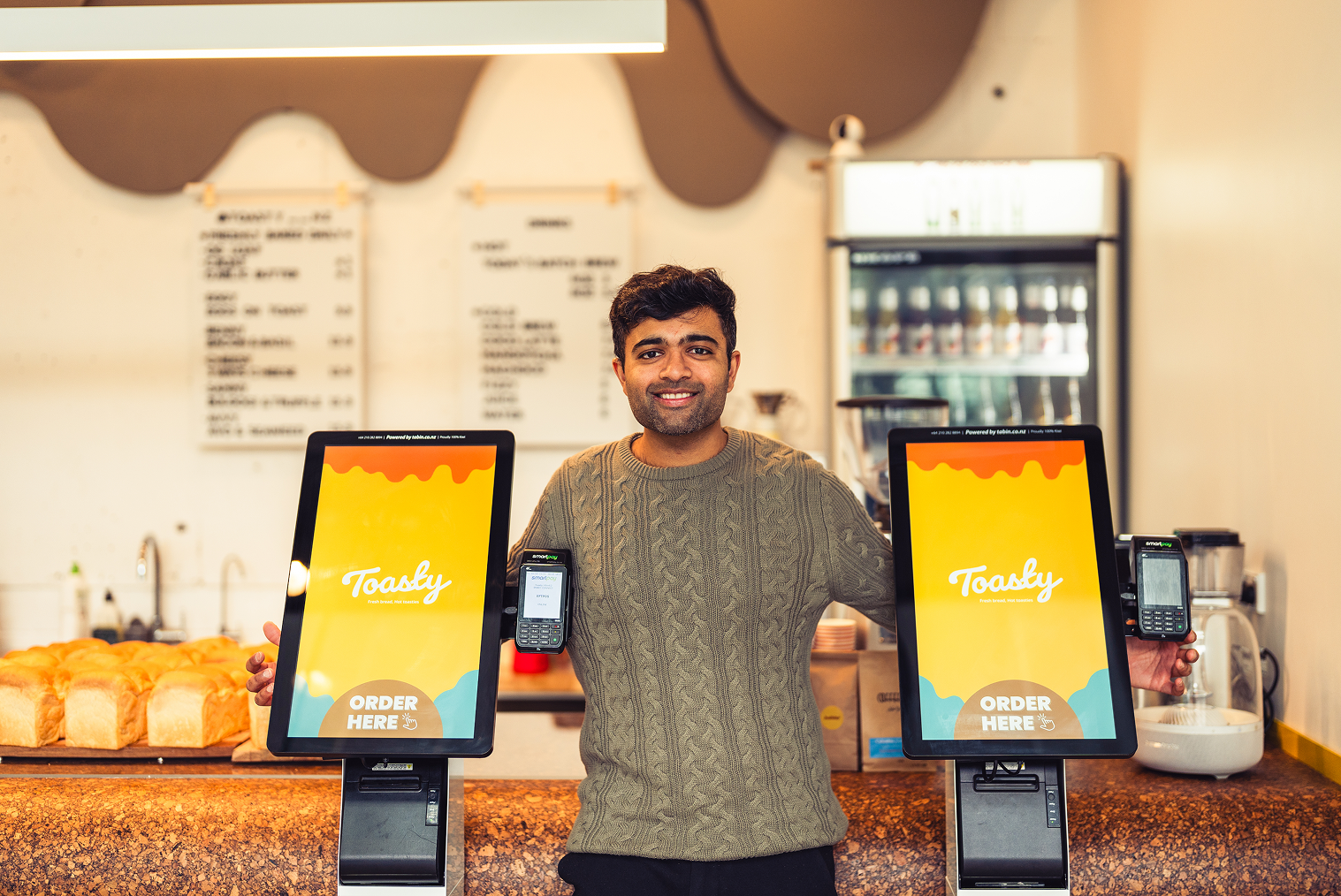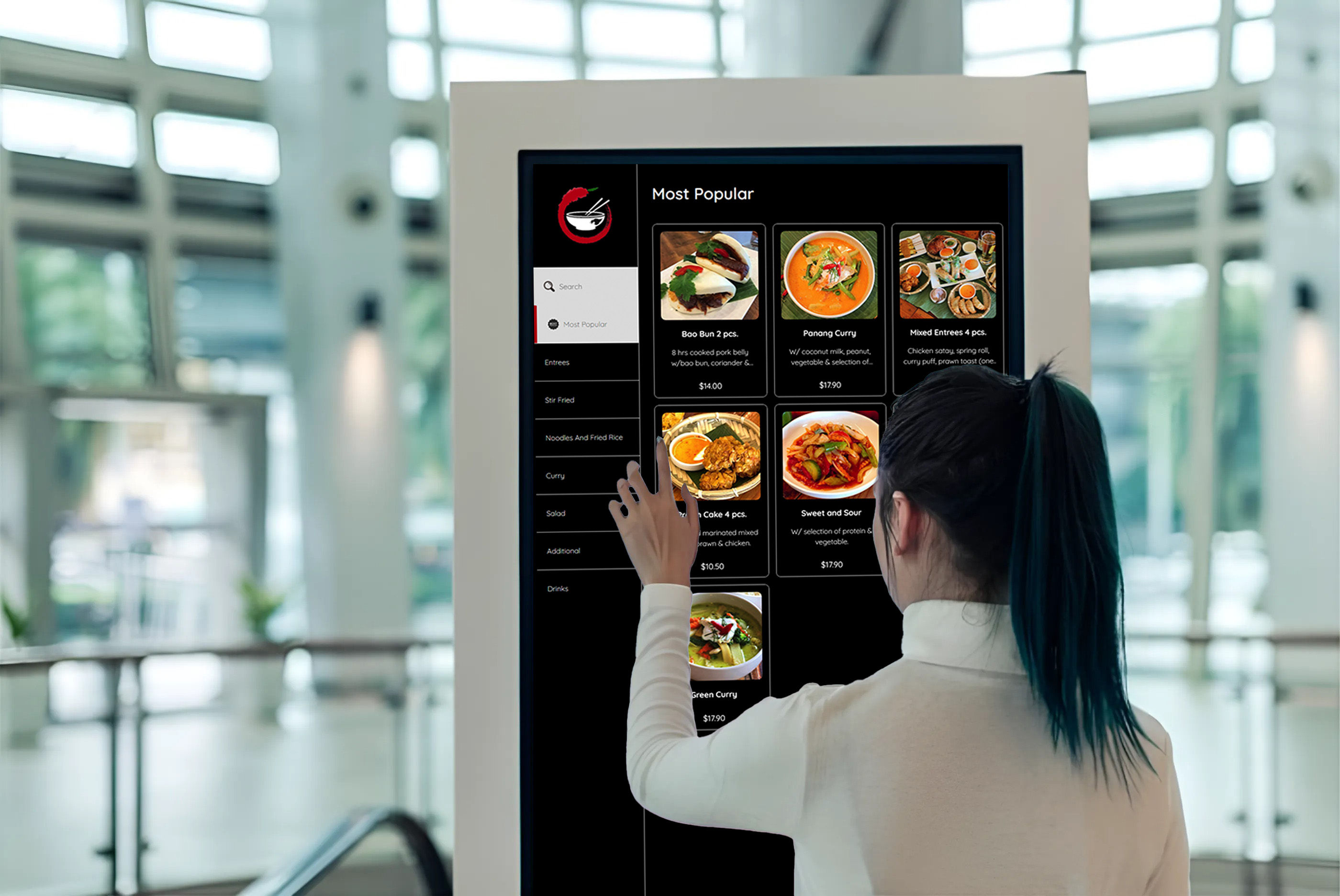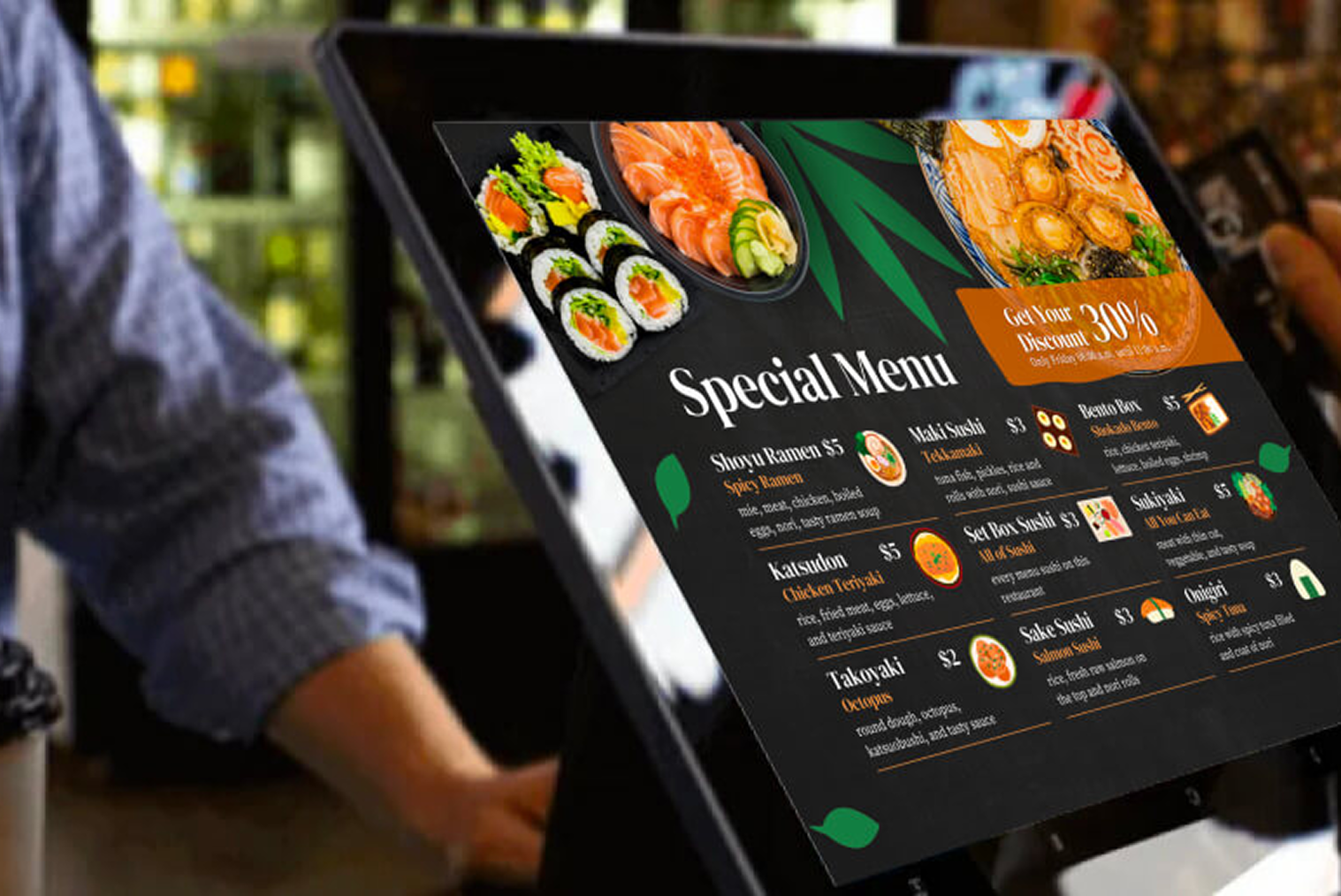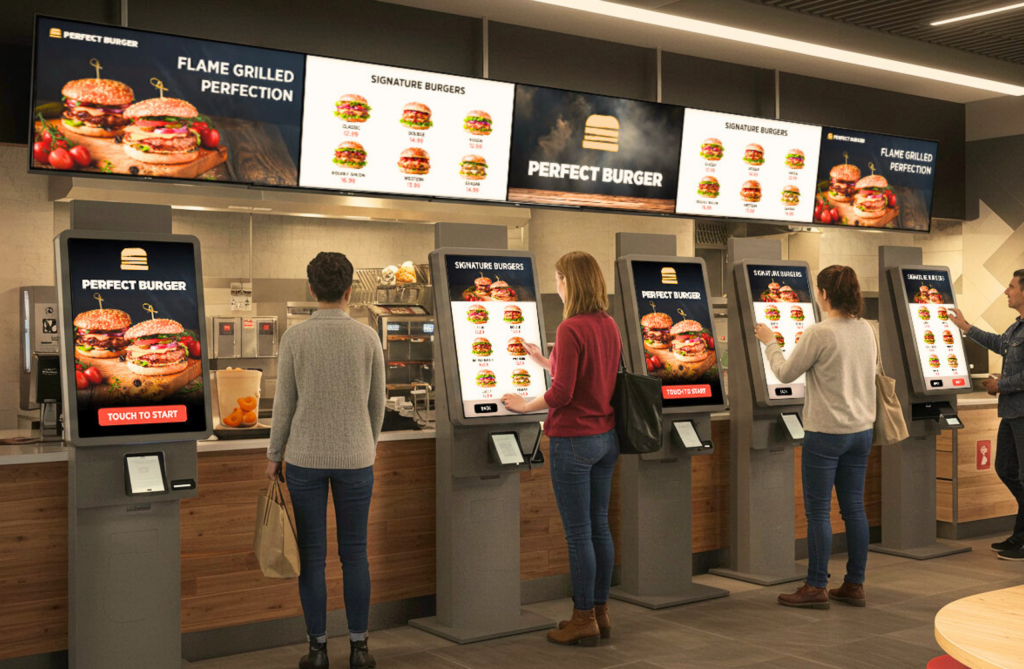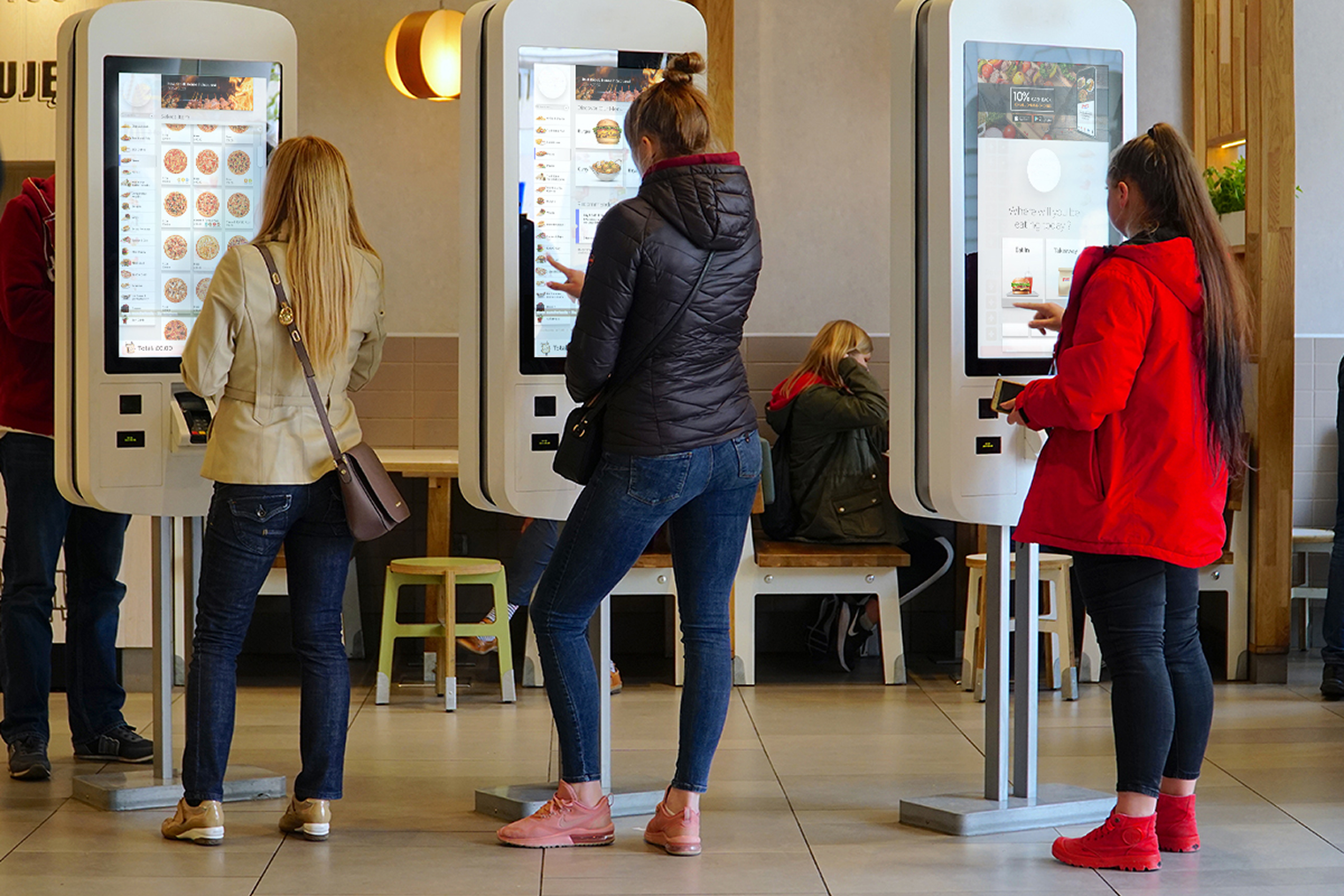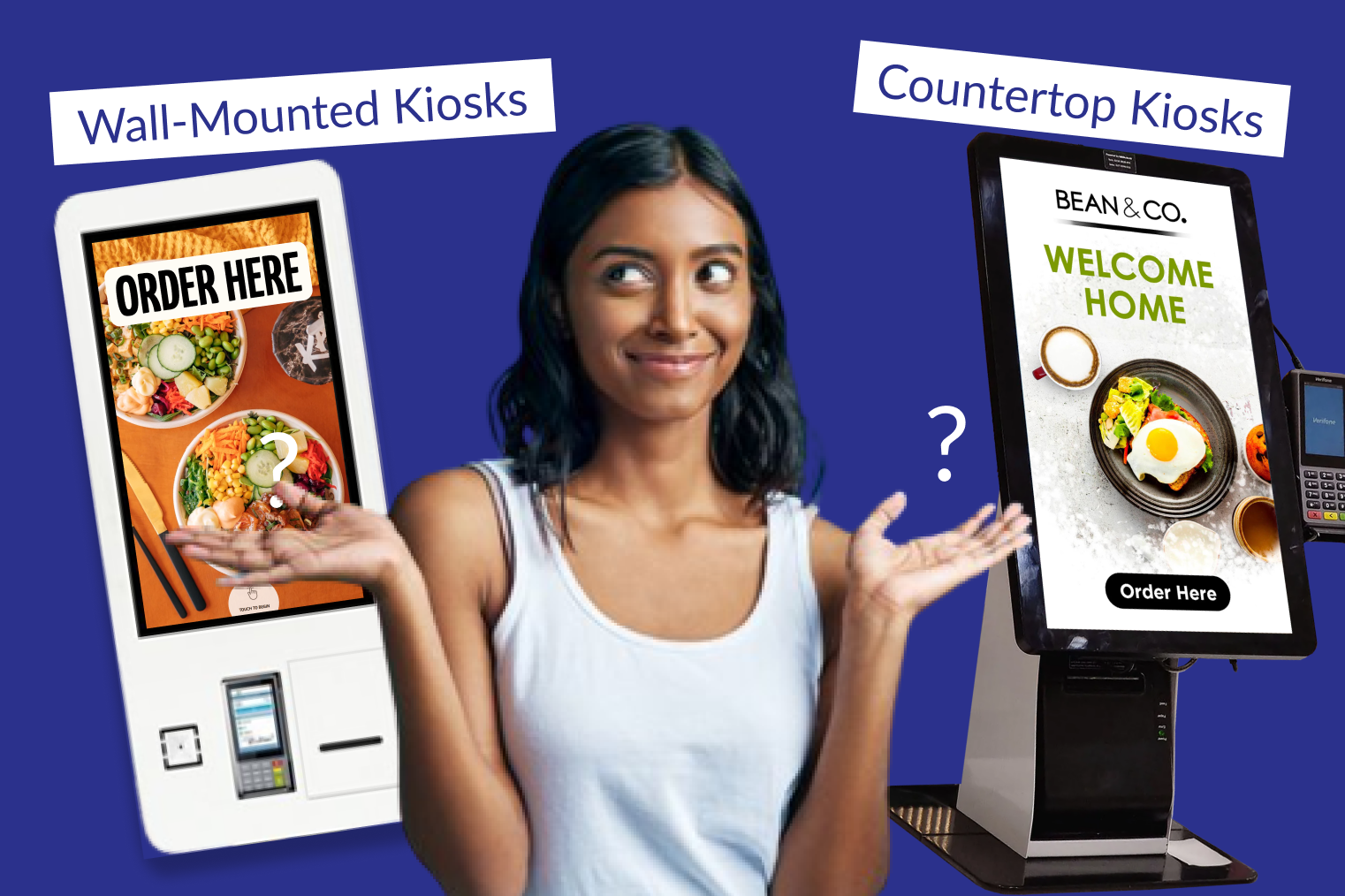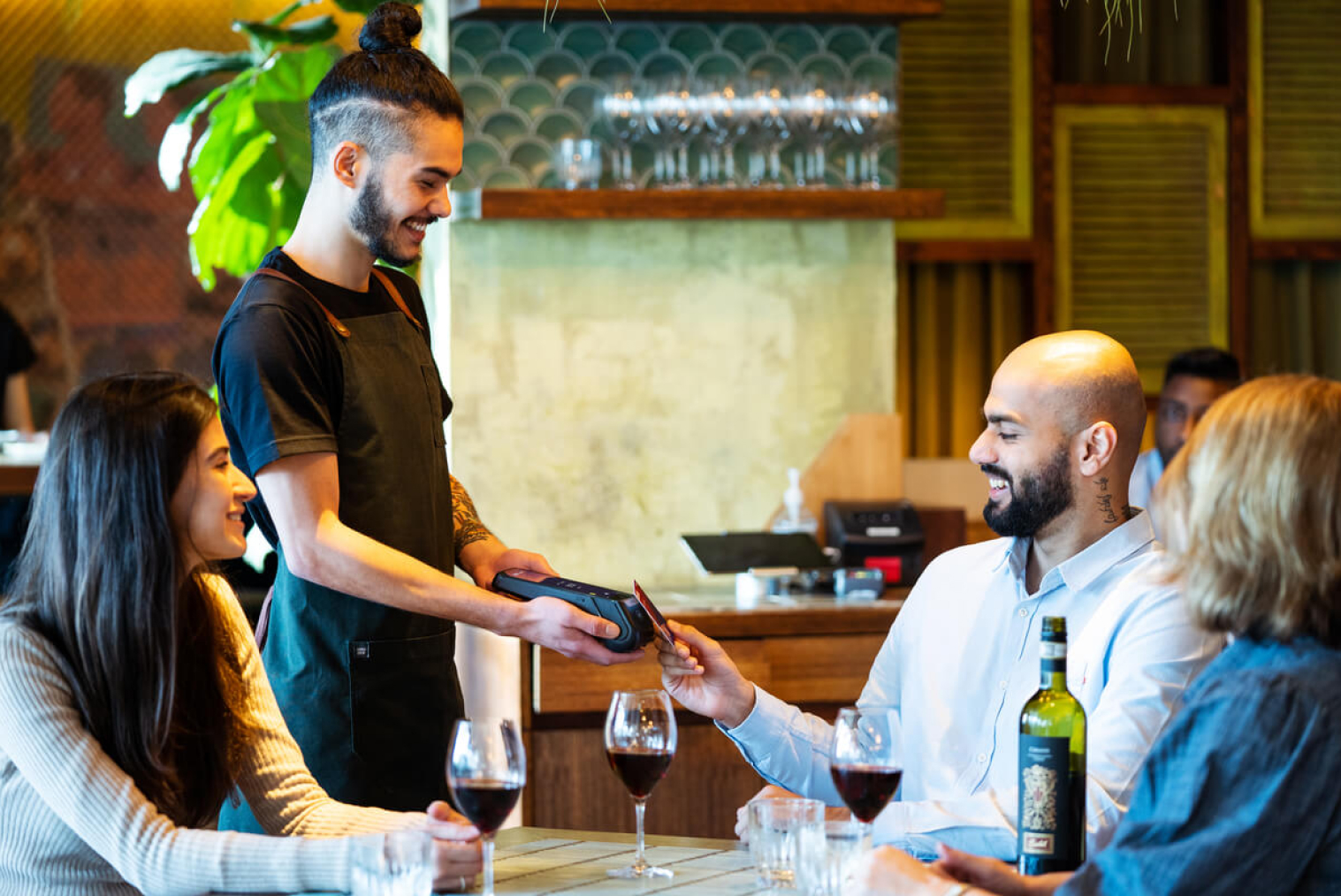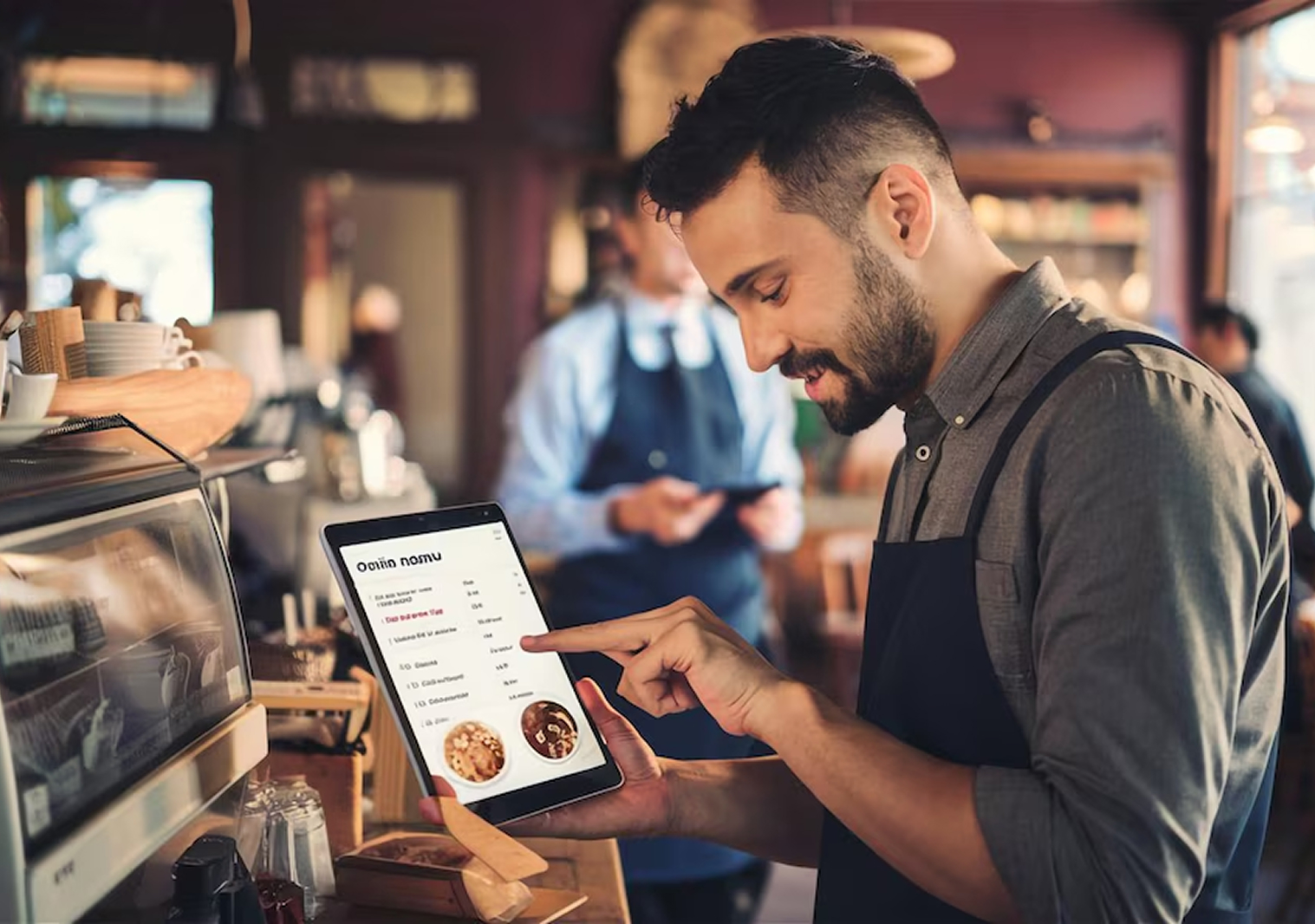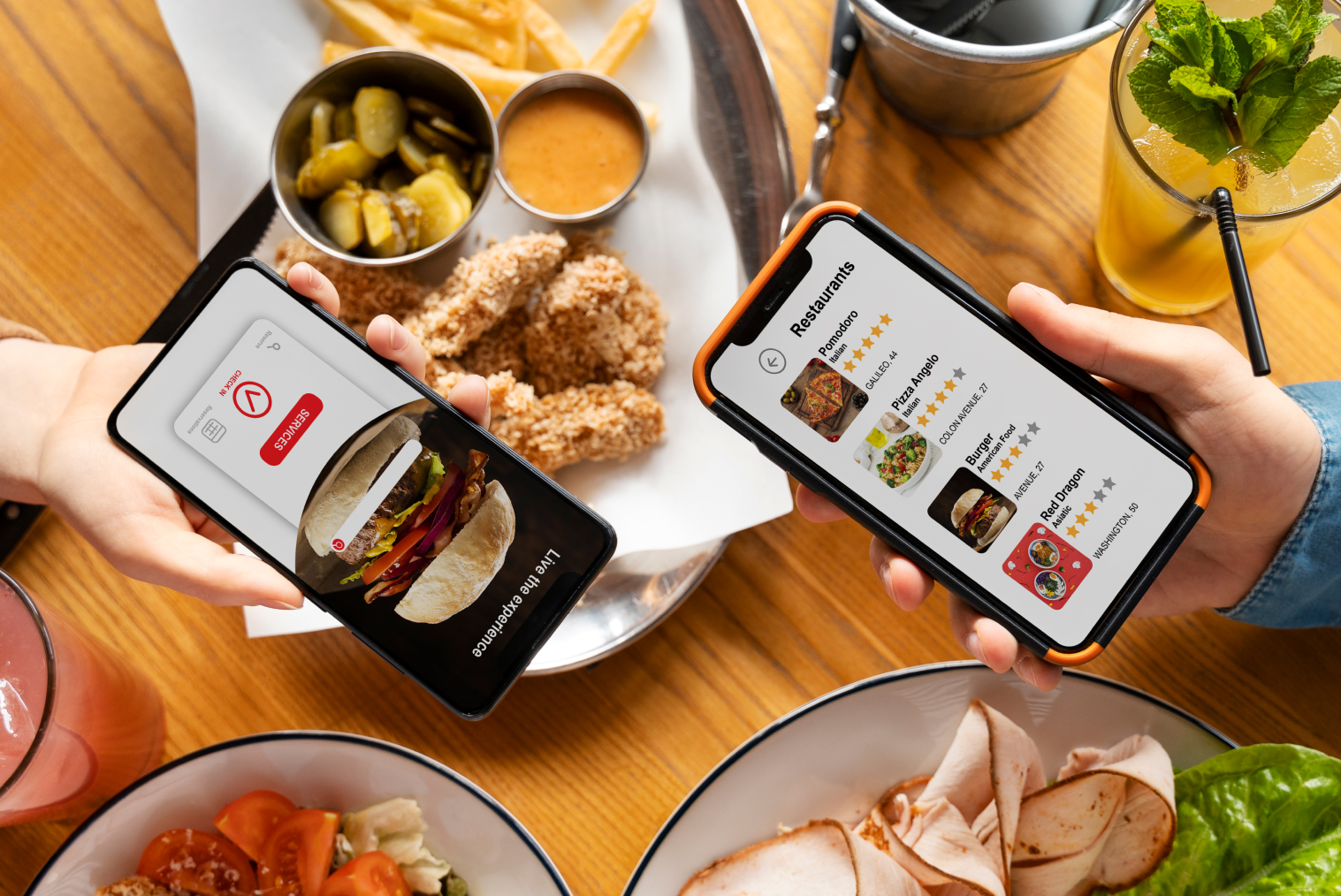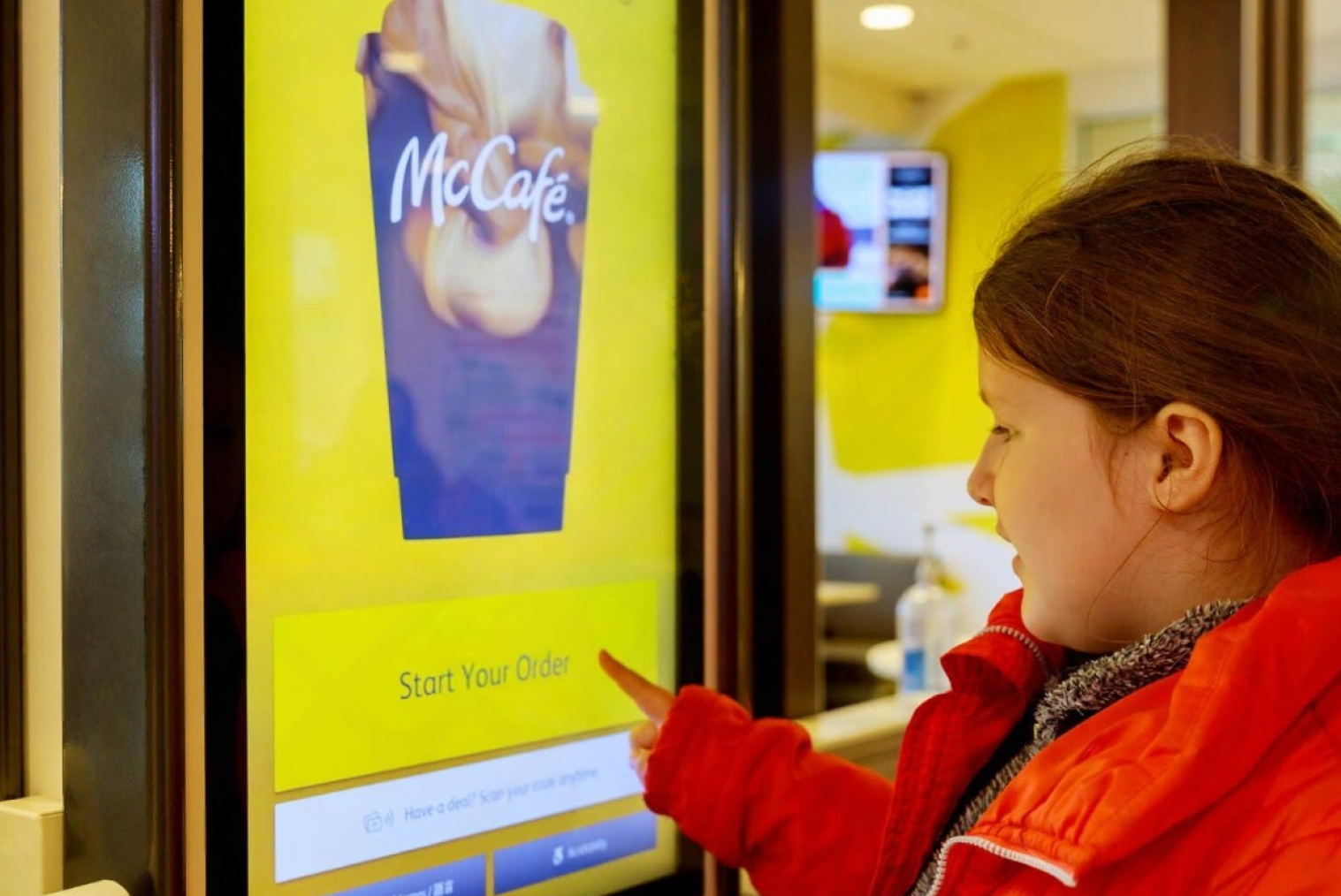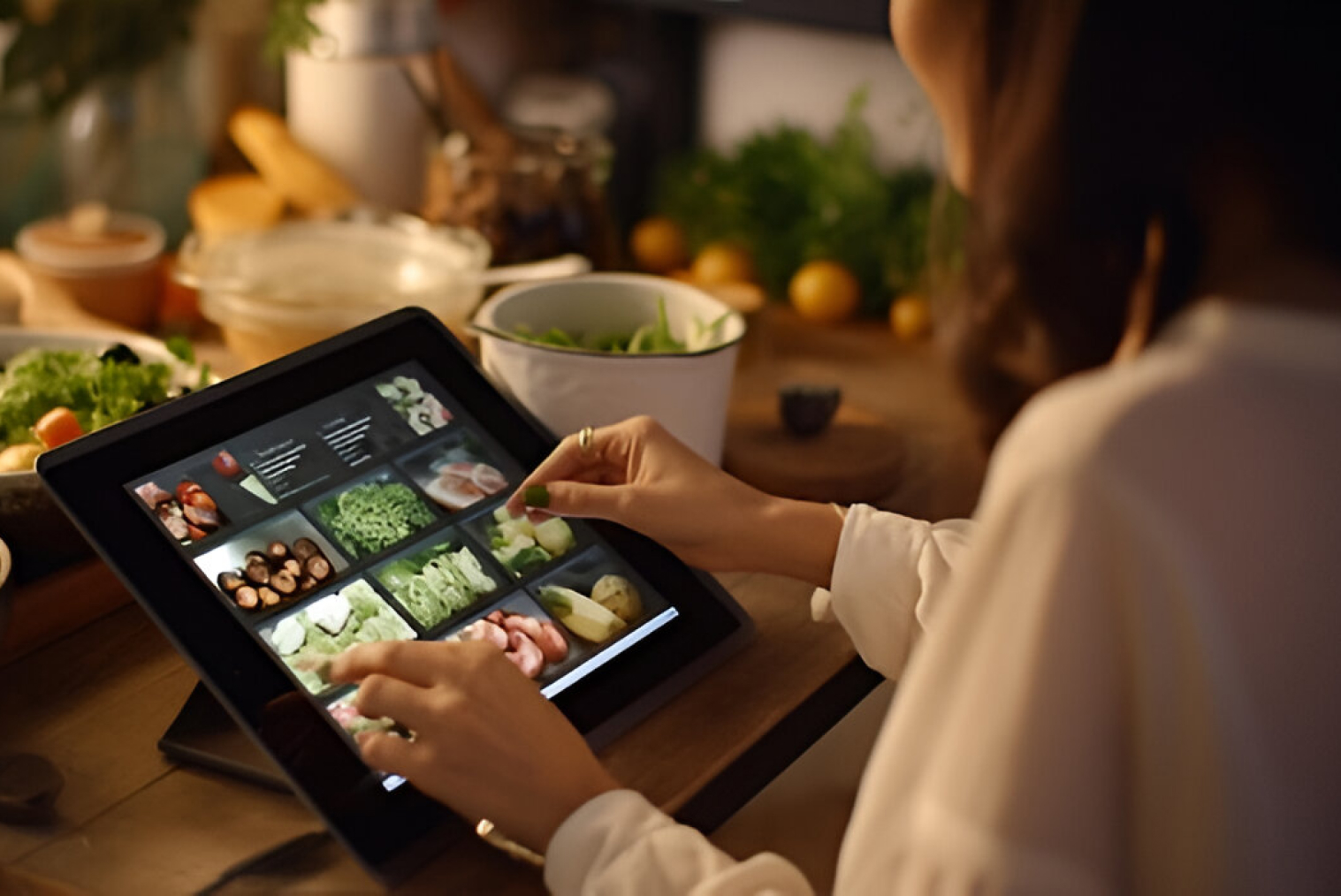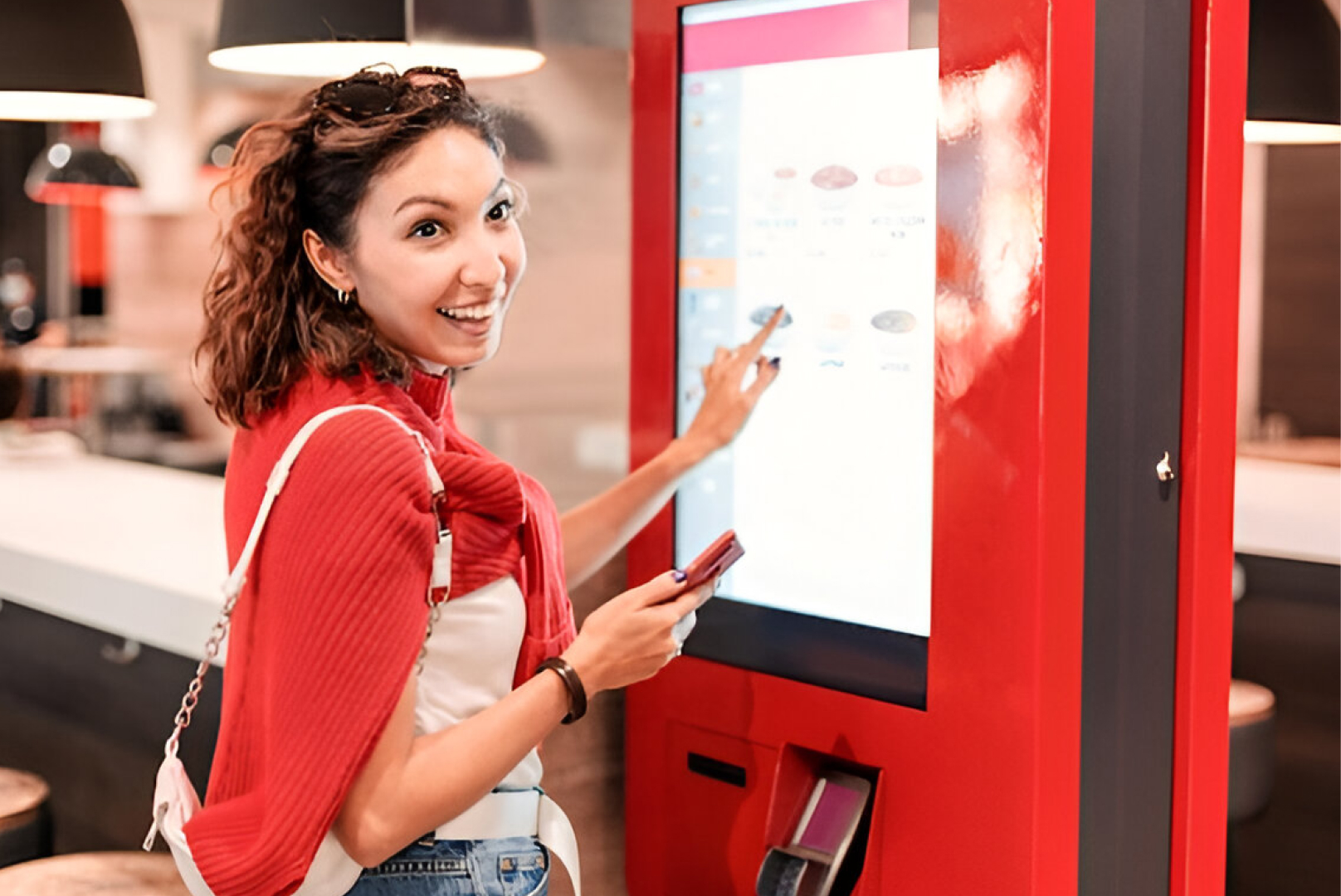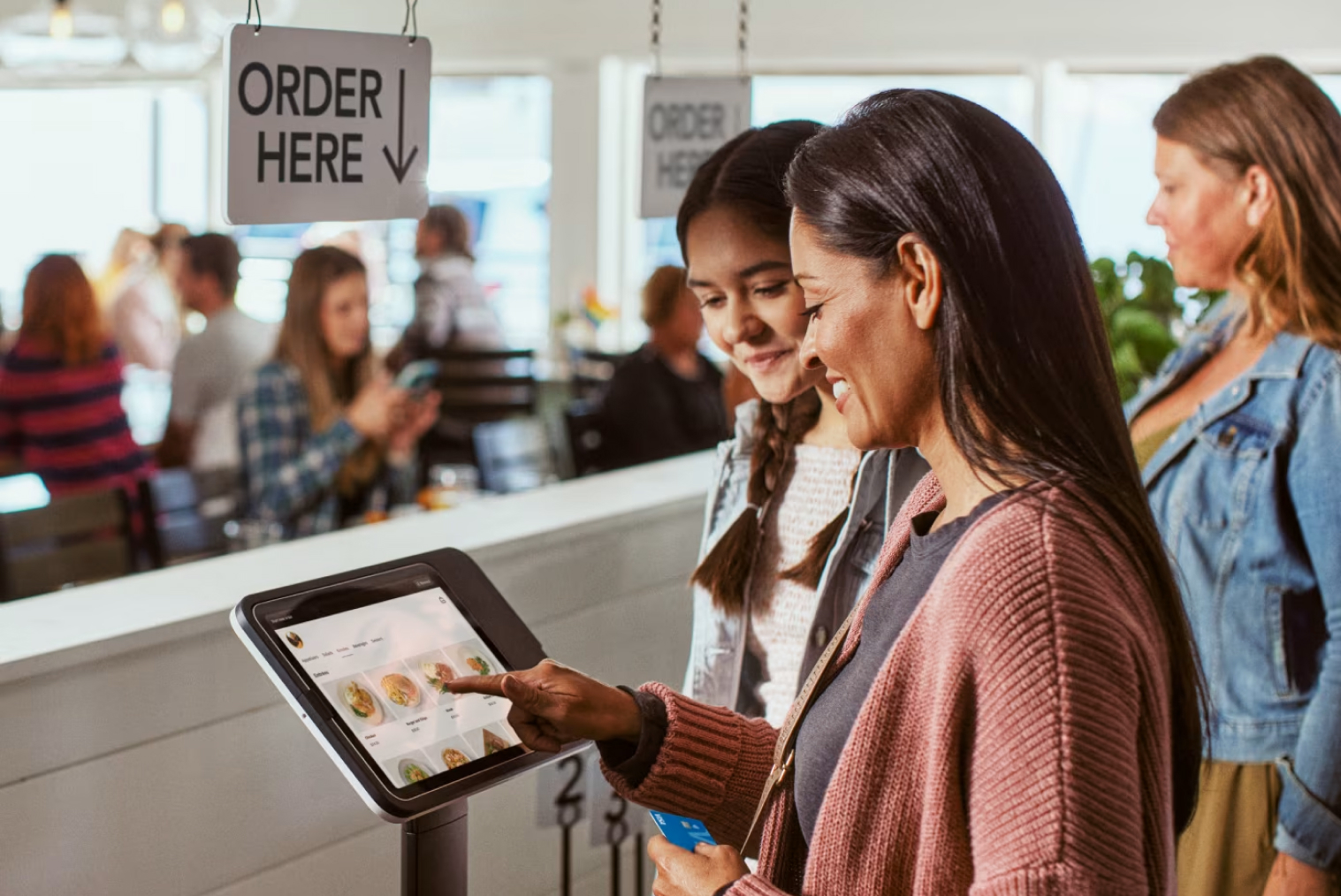Industry Trends
Innovative Restaurant Marketing Ideas and Trends 2024

The world of restaurant marketing is changing quickly, particularly in the wake of the pandemic. The pandemic's effect on consumer behavior and the industry's rapid use of digital technology brought about significant changes in restaurant operations and marketing.
It's more important than ever for small eateries and larger chains to have a successful restaurant marketing plan. With revenues expected to surpass $1 trillion for the first time in 2024, the restaurant business is expected to experience tremendous growth. A robust job market supports this expansion, as the sector is predicted to gain 200,000 positions, bringing the total number of employed individuals to 15.7 million (NRA). However, restaurants have a fierce rivalry and growing expenses; 98% of owners report higher labor costs, and 97% mention increased food costs as a major challenge.
Many business owners are using creative restaurant marketing concepts to overcome these obstacles. Several businesses are investing in cutting-edge point-of-sale (POS) technologies and improving their online ordering systems as they embrace the digital transition. Restaurant operators must comprehend and adjust to these trends to maintain a competitive edge and establish a genuine connection with customers. This article further highlights restaurant marketing concepts that use modern technologies and trends.
1) Embrace Technology to Have a Smooth Experience:
Ordering Kiosk System Integration:
Today, ordering kiosks is an effective marketing tool rather than just a future curiosity. Emphasize the power and convenience that kiosks provide, showing off how they let users easily browse menus, personalize orders, and pay at their speed. For a genuinely customized experience, highlight elements like nutritional data, visual menus, and the ability to link loyalty programs easily.
Interaction on Social Media using Interactive Content:
Use popular platforms like Snapchat, TikTok and Instagram to exhibit your food creations. Move beyond still images and produce interesting content that compels viewers to participate, such as chef interviews, recipe videos, or food challenges. Use interactive features and polls to collect insightful data about your customers and adjust your products accordingly.
2) Embrace Sustainability and Community Engagement:
Eco-Friendly Initiatives and Partnerships:
Showcase your commitment to sustainability by highlighting green practices like using local, organic substances, imparting reusable packaging alternatives, or partnering with neighborhood farms. Organize activities that sell environmental recognition or complement local sustainability projects for high-quality community engagement.
Supporting Local Farmers and Artisans:
Partner with neighborhood farmers and artisans to highlight the provenance of your substances. Promote the story behind your menu offerings on social media and your website, showcasing the quality and freshness of your ingredients while helping local businesses.
3) Creating a Buzz: Events and Unique Dining Experiences
Pop-Up Events and Themed Menus:
Host pop-up activities featuring restrained-version culinary creations or themed menus inspired by international cuisines or seasonal ingredients. Promote those occasions via social media and influencer collaborations to create a sense of exclusivity and pleasure. You may even incorporate online ordering via your website or app for seamless shopping and reservation options.
Interactive Dining Experiences and Cooking Classes:
Offer unique occasions like cooking instructions or interactive eating studies where customers can engage with chefs, learn new instruction techniques, or participate in themed meal tastings. Consider livestreaming those events on social media platforms to expand your reach and lure new audiences.
4) Storytelling's Power: Foodies' Guide to Content Marketing
Behind-the-Scenes Content and Culinary Storytelling:
Share snippets of your restaurant's history through interesting blog entries or social media videos. Display your cooks' enthusiasm and ingenuity, record the steps involved in creating unique meals, or chronicle the process of locating regional ingredients. This content marketing technique will establish an emotional connect with your audience and brand loyalty.
Working with Food Influencers and Bloggers:
To promote your brand, partner with social media influencers and food bloggers. Through these collaborations, they can reach new audiences and offer insightful critiques and suggestions that appeal to their already large following.
5) Personalization is Key: Cater to Individual Preferences
Targeted Promotions and Loyalty Programs:
Utilize facts from ordering kiosk systems or online ordering systems to create targeted marketing campaigns. Offer personalized reductions, birthday promotions, or recommended dishes primarily based on beyond-customer possibilities. Loyalty applications with tiered rewards and one-of-a-kind offers incentivize repeat visits and foster purchaser relationships.
Dietary Caterpillars and Allergen Transparency:
With growing dietary regulations and meal allergic reactions, restaurants want to include transparency. Highlight allergen-friendly alternatives on menus and kiosks, and recollect providing customizable dishes that cater to particular nutritional desires. Promote your commitment to inclusive dining stories through social media campaigns and internet site content material.
6) Embrace the Future: Emerging Technologies and Data-Driven Strategies
Virtual Reality (VR) and Augmented Reality (AR) Dining Experiences:
These emerging technologies provide modern ways to engage customers. Consider offering VR tours of your restaurant or using the AR technology to allow clients to visualize dishes on their tables before ordering. These interactive reviews can create pleasure and anticipation around your brand.
Data Analytics for Strategic Marketing Decisions:
Utilize the facts accrued via numerous resources, which include ordering kiosk system, website analytics, and social media engagement, to benefit valuable purchaser insights. Analyze purchasing tendencies, identify client possibilities, and tailor your advertising techniques to optimize performance and maximize effects.
In Summary:
The restaurant marketing landscape in 2024 demands a fusion of technology, customization, and community involvement. By keeping up with these trends and incorporating them creatively into your marketing strategy, you can ensure that your restaurant not only survives the competitive food sector but thrives. Embrace these changes with excitement to see how your restaurant's customer loyalty, revenue, and popularity grow collectively.

